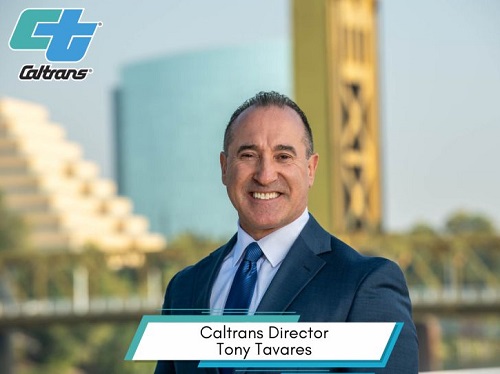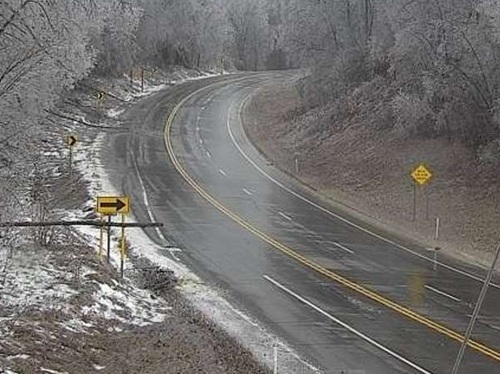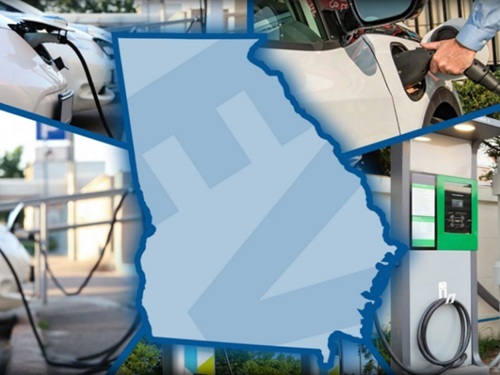The California Department of transportation recently issued a newly-developed Wildlife Connectivity Report, which identifies more than 140 locations where roadways can be better integrated with the migration needs of animals statewide.
[Above photo by Caltrans]
“Caltrans is seeking opportunities to better integrate our highway system with the state’s diverse natural environment” explained Tony Tavares, director of Caltrans, in a statement.

“It is our responsibility to improve passageways for wildlife that live and migrate along our shared ecosystem, and remediation efforts highlighted in this report will help honor our goal to provide a world class transportation system that serves all people and respects the environment,” he said.
Caltrans is also working with the California Department of Fish and Wildlife or CDFW to implement a strategy to address wildlife connectivity barriers across the state’s vast transportation network while better protecting and restoring biodiversity.
To that end, Caltrans said its new report proposes numerous projects designed to remediate fish and wildlife barriers – as well as construct dozens of migration corridors adjacent to state highways and interstates – helping approximately 180 native, endangered, or threatened animal species to move more freely and have better access to their natural habitats.
[Editor’s note: The video below from the New Mexico Department of Transportation explains the role wildlife crossings play in the protection both animals and the traveling public.]
“Habitat connectivity is one of the most critical issues we’re confronting in the 21st century to maintain California’s biodiversity and healthy fish and wildlife populations,” noted CDFW Director Charlton Bonham.
“We have to find ways for fish and wildlife to move safely across the landscape – to prevent inbreeding and increase genetic diversity, to escape poor habitat burned by wildfire or parched by a warming climate, to prevent vehicle collisions on busy roadways,” Bonham said. “That’s why we are excited to partner with Caltrans to help provide solutions and create the opportunity for wildlife to move safely.”
Other state departments of transportation are engaged in similar wildlife protection efforts.

The Utah Department of Transportation is currently installing nearly three miles of wildlife fencing along the outside perimeter of Echo Junction where I-84 and I-80 meet, north of the Echo Reservoir in Summit County. That new stretch of fencing – which should be fully installed by November – will help funnel wildlife to a nearby freeway under crossing.
Additionally, in November 2023, the Wyoming Department of Transportation completed wildlife crossings built as part of its $15.1 million Dry Piney project.
The Dry Piney project – a joint effort between the Wyoming Game and Fish Department and the Wyoming DOT – includes nine underpasses and 16.7 miles of eight foot-high fencing on both sides of Highway 189 in the western part of the state to protect big game animals, primarily mule deer.
[Editor’s note: A research document released in July 2022 by an international pool funded study led by the Nevada Department of Transportation provides an “authoritative review” of the most effective measures to reduce animal-vehicle collisions, improve motorist safety, and build safer wildlife crossings.]
More broadly, in December 2023, the Federal Highway Administration issued $110 million in grants to 19 wildlife crossing projects in 17 states, including four projects overseen by Native American tribes.
FHWA noted at the time that its data indicates there are more than one million wildlife vehicle collisions in the United States annually, with wildlife-vehicle collisions involving large animals resulting in approximately 200 human fatalities and 26,000 injuries to drivers and their passengers each year.
Those collisions also cost the public more than $10 billion annually, according to FHWA; a figure that includes the total economic costs resulting from wildlife crashes, such as loss of income, medical costs, property damage, and more.
 States
States
Podcast: Flashing LED Lights Can Boost Roadway Safety
December 5, 2025 States
States

